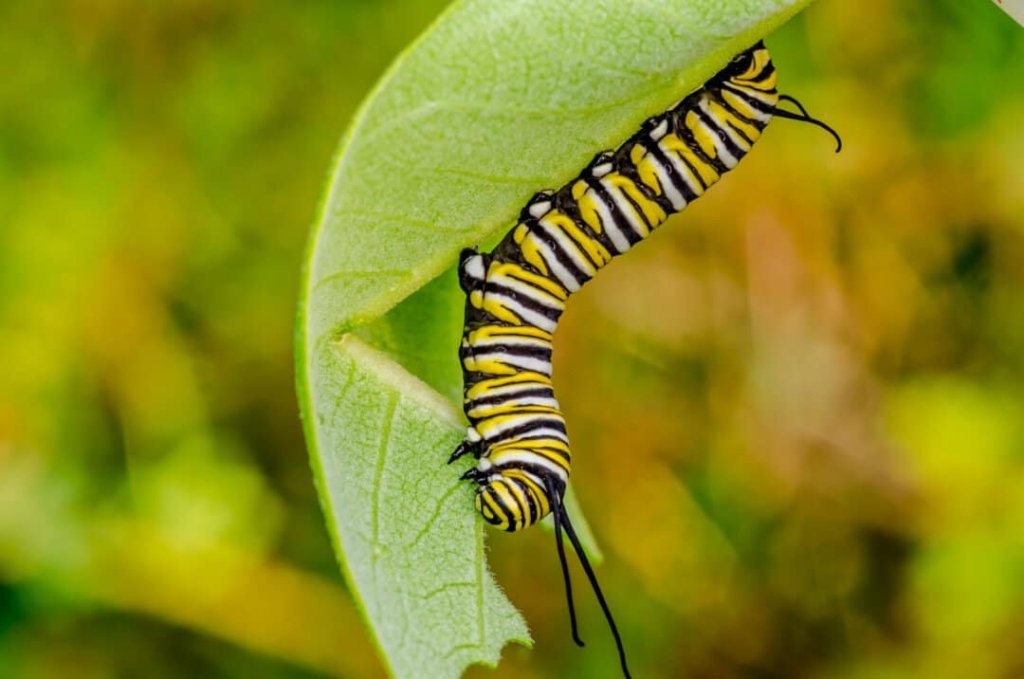Are you a caterpillar enthusiast worried about their sick caterpillars?
Or a passionate wildlife researcher currently studying a caterpillar identification chart?
Either way, you have landed on the right page to learn about various health threats to these beautiful little creatures.
Like any other insect or animal, caterpillars also face health hazards for various reasons.
It is thus our responsibility to make a difference in conserving their well-being. However, identifying a sick caterpillar can be challenging without proper awareness and knowledge.
Today, we will look into some identifiable symptoms to spot a sick caterpillar and learn to care for their well-being.
Therefore, if you are a researcher or a passionate wildlife enthusiast, buckle up to take responsible action in caterpillar conservation. Let’s begin!
Caterpillars: The Everchanging Beauty of Nature
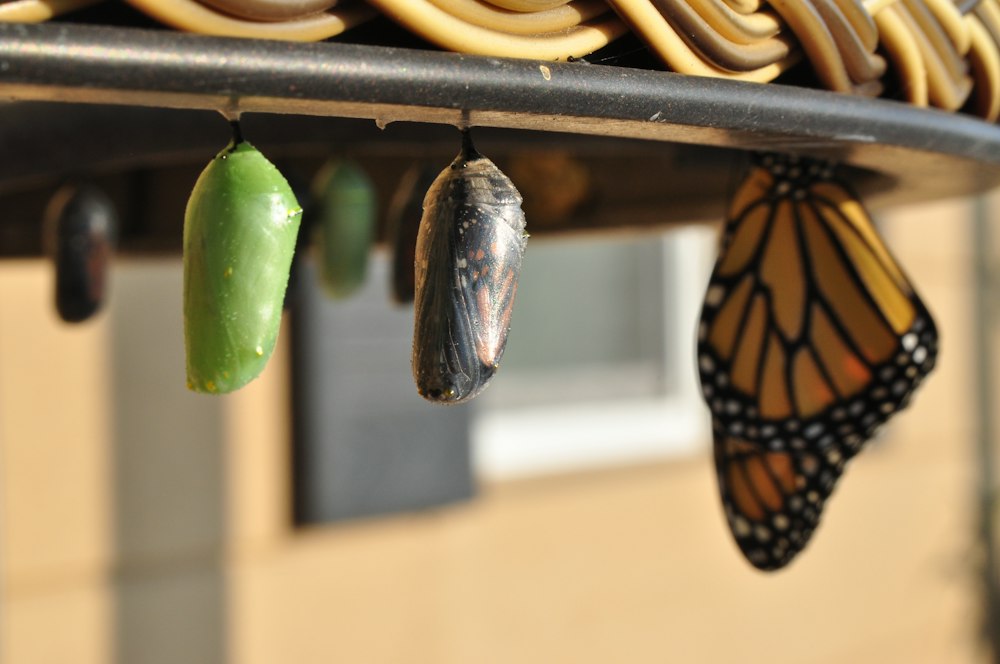
Caterpillars are often overlooked but are endlessly fascinating. They are spotted globally in various shapes, sizes, and colors. Besides, each type personifies the rich biodiversity of the insect world.
There are countless valid reasons behind their colorful palette and charming natural aesthetics. But mainly, it is their protection from large predators in the wild. However, their true beauty arises during their journey of metamorphosis.
Caterpillars transform chrysalides, or pupae, only to reemerge as magnificent butterflies or moths. Their transformative journey symbolizes the beauty of change in this world.
Some caterpillars master the art of mimicry by seamlessly blending into the wild. It is impossible to spot them in surroundings such as leaves, twigs, or even snakes. However, this mimicking does not limit their share of diseases. Caterpillars are fragile and are exposed to infections that are fatal to their existence. Black Death tops the list in their death dance.
What is the Black Death in Caterpillars?
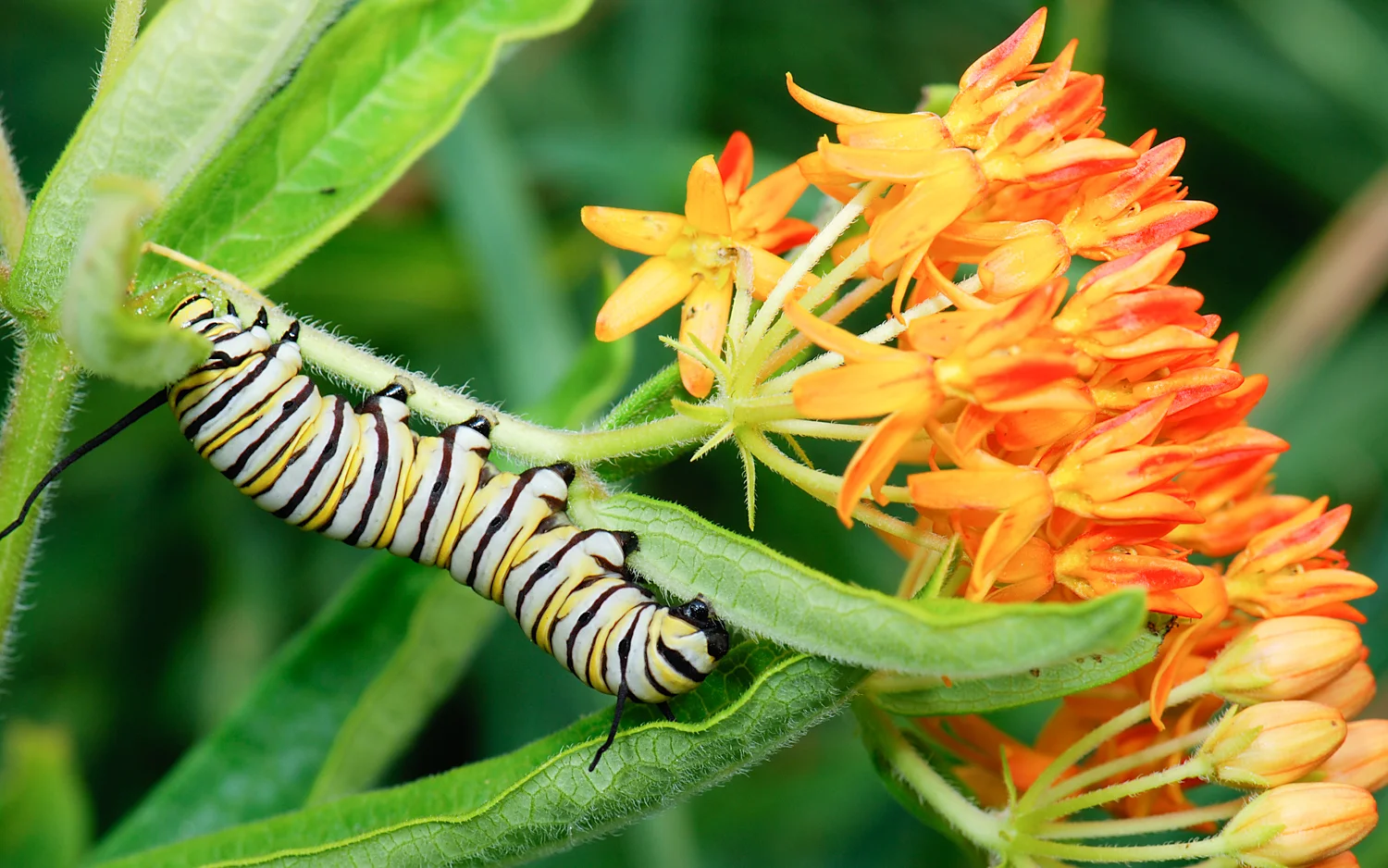
Black death in caterpillars refers to a highly contagious disease. The deadly infection is common and affects various species of caterpillars. There are many reasons, but they particularly affect those of the gypsy moth or Lymantria dispar. As we witness a growing threat to nature and its inhabitants, black death is becoming more common in caterpillars.
Symptoms of Black Death in Caterpillars
You might have seen your caterpillar healthy, munching on leaves, and enjoying milkweed. But, sadly, that is not the case anymore. The entire caterpillar will darken and succumb to black death.
Below are a few symptoms to check and help you understand what a sick caterpillar looks like.
- lethargy in caterpillars
- Colorless or pale skin
- Watery droppings or frequent oozing of liquid from their body.
- Wilted tentacles.
Three Other Common Caterpillar Illness
As we have recognized the symptoms of illness in caterpillars, it is time to look closer at a few other typical infections. Specifically, several diseases affect these tiny miracles of nature, but these three are the deadliest.
1. Tachinid Flies
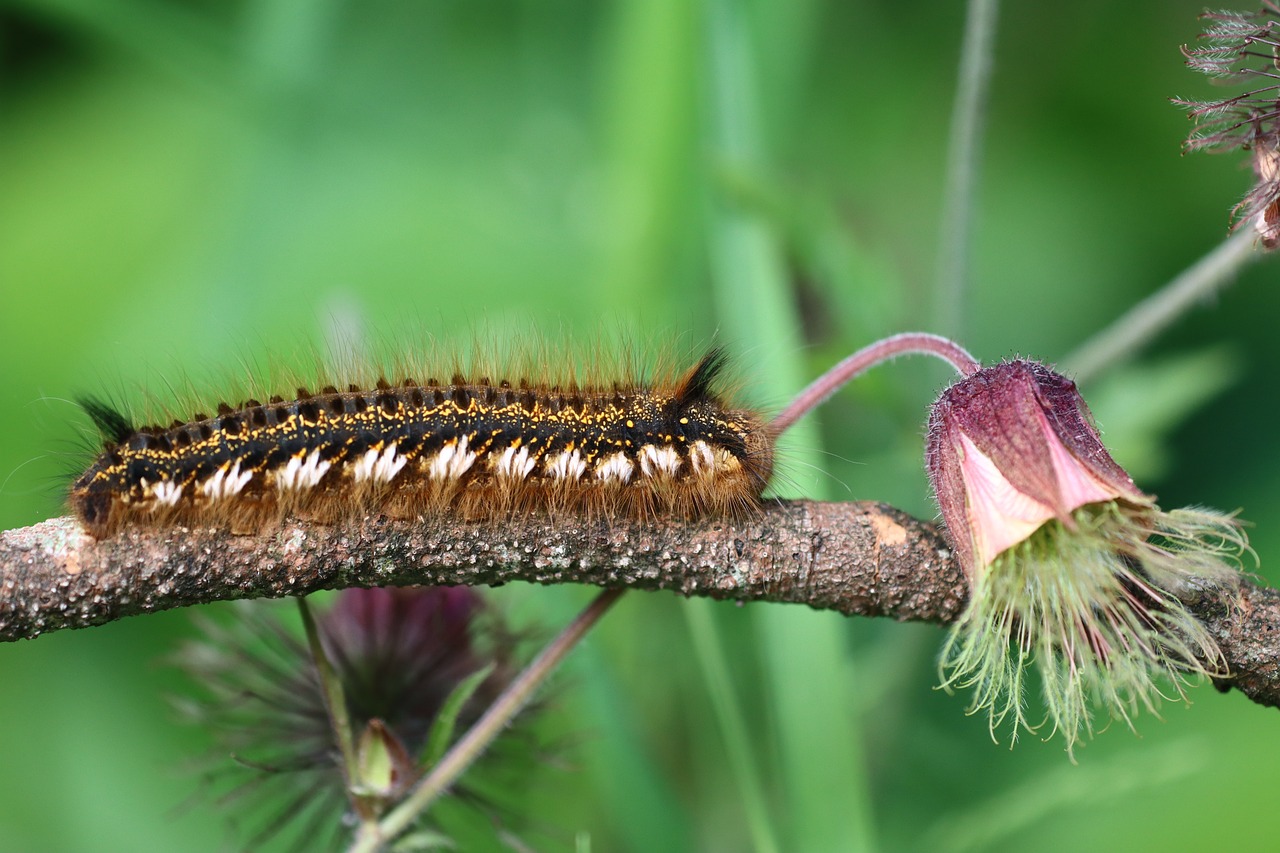
Imagine your caterpillar is peacefully munching on leaves and minding its own business when suddenly, an unwelcome guest arrives: the Tachinid Fly. These are parasitic flies that lay their eggs on or near caterpillars.
Once the fly eggs hatch, their larvae burrow into the caterpillar’s body. However weird it might sound, it is a deadly thing to experience. The larvae then keep growing, affecting the caterpillar’s health. Often, our tiny friends are not capable of surviving this parasitic encounter.
Tachinid flies are a natural control mechanism for caterpillar populations, but they can pose a terrible threat to researchers and nature lovers.
2. Dehydration
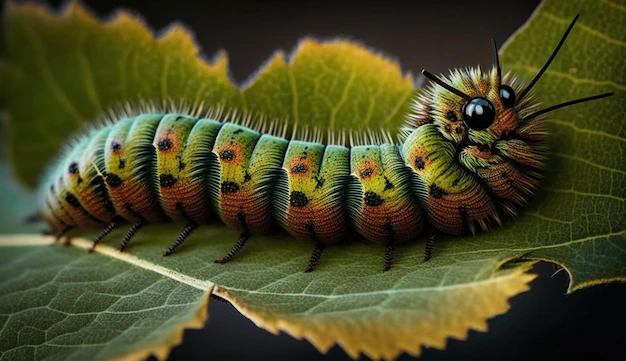
Caterpillars may seem like leaf-eating machines, but they can become vulnerable to dehydration. These creatures need enough moisture to survive. Their delicate bodies cannot afford to lose too much water, as dehydration might result in dire consequences.
Similar to dehydration in other animals, in caterpillars, it often leads to a loss of appetite, lethargy, and eventually death. Therefore, caterpillars must have a source of moisture. We recommend keeping them near the plants they feed on. So, next time you spot a caterpillar, remember they need a drink too!
3. Trichogramma Wasps
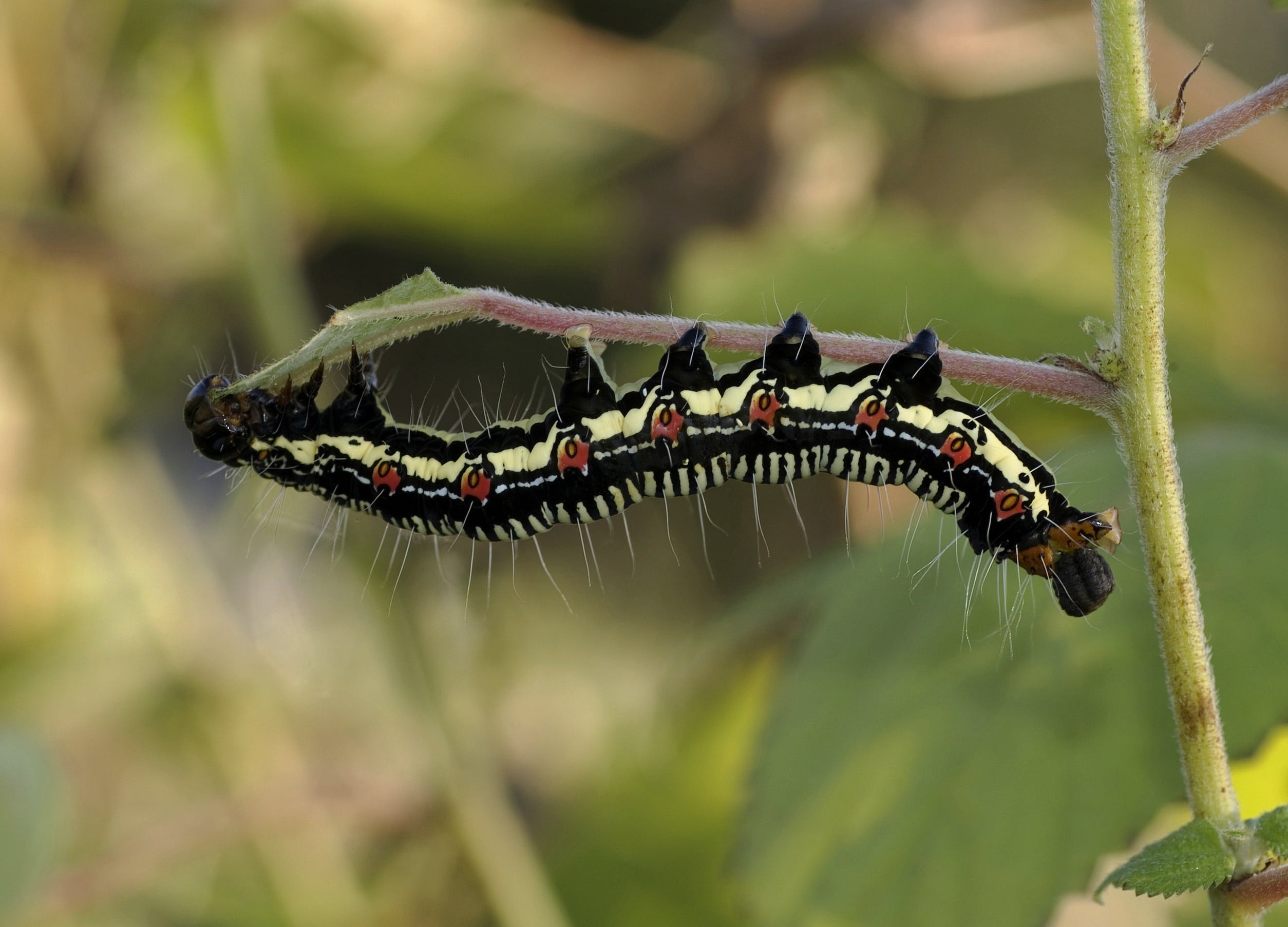
Trichogramma wasps may be minuscule, but they pack a punch when it comes to parasitizing caterpillar eggs. These wasps lay their eggs inside the eggs of caterpillars. Does that sound impossible and disgusting? Well, there is more!
When these wasp larvae hatch, they consume the caterpillar’s eggs from the inside. It’s a bit like a science fiction plot, but it’s a common occurrence. Trichogramma wasps are often beneficial in controlling pest populations. However, they are unwanted when one is trying to raise caterpillars.
Tips to Prevent Diseases in Caterpillars
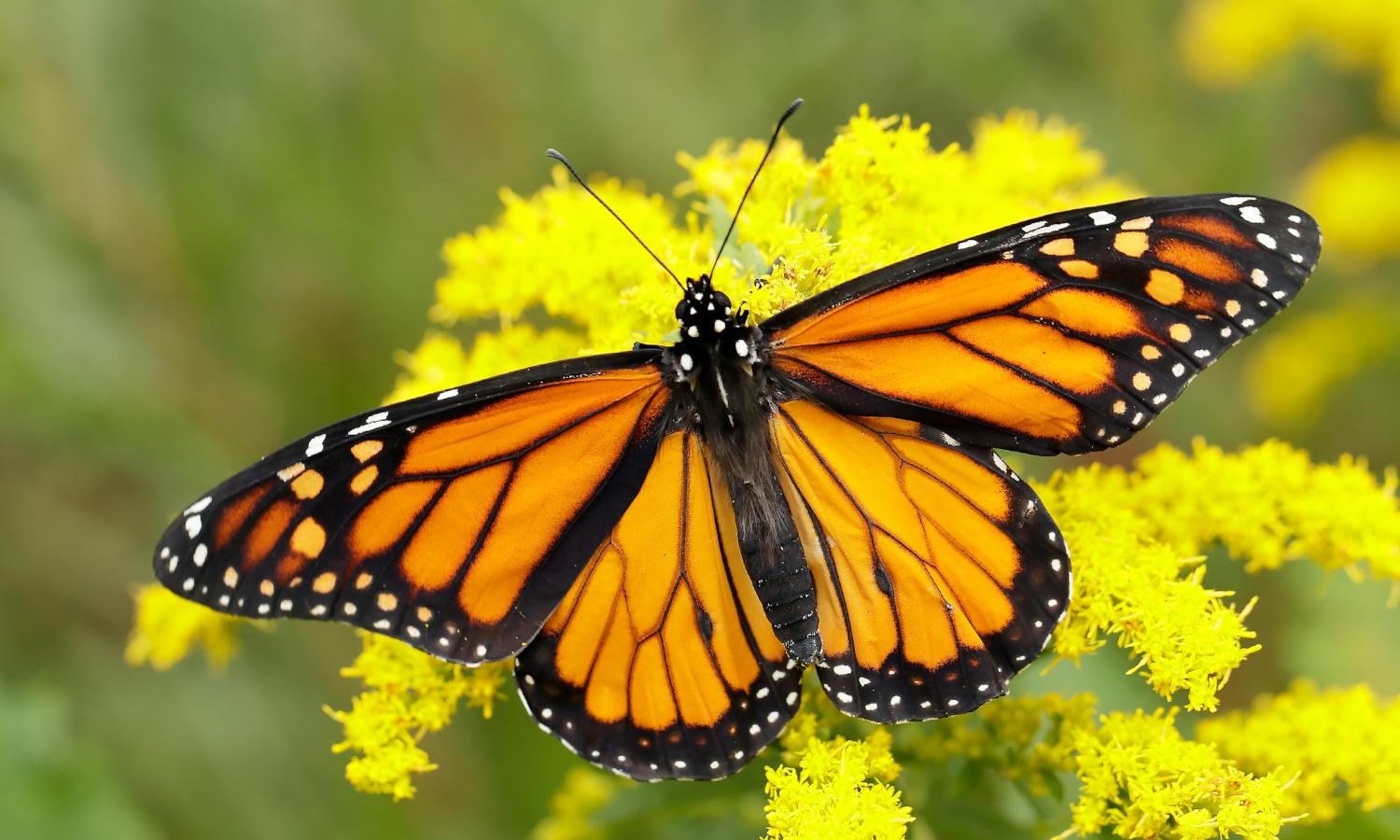
Whether you are raising caterpillars in the backyard or observing them in a container in a lab, look for their symptoms to understand their illness. But there is more you can do to help them get better and contribute their part to nature.
Below are some precautions to help prevent deaths in caterpillars due to the black disease. Have a look at a few of them right here:
- Keep the breeding environment dry to avoid bacterial growth.
- Avoid direct sunlight on them.
- Wipe their cages clean every day by vacuuming milkweed or butterfly droppings.
- Rinse the milkweed cuttings and leaves clean with water. This practice helps caterpillars enjoy healthy food.
- Make sure to have completely dry food for the caterpillars.
- If you observe or get hold of a sick caterpillar, take them away from others instantly. This will prevent the germs from spreading.
- If you see any chrysalides that are turning black, remove them at once.
Conclusion
All in all, even the most beautiful and essential contributor to environmental biodiversity is not free from health challenges. The ailments in Caterpillars range from viral infections like the “Black Death” to parasitic invasions. Therefore, reflecting on their fragility and resilience in life
However, although these tiny larvae may appear vulnerable, their adaptability to versatile ecosystems is remarkable. We thank the preventive measures for helping us continue our responsibility to preserve caterpillars.
What do you think your caterpillars are suffering from? How do you intend to take care of their well-being? Comment below and share with us.

